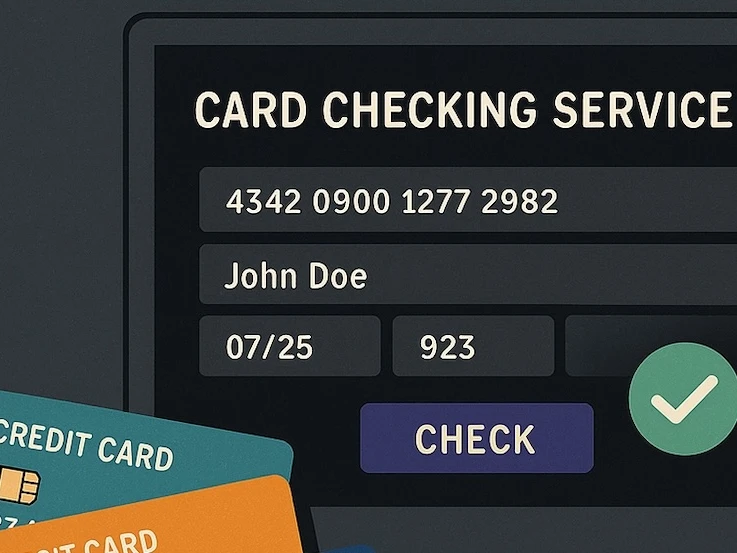Cyber threat intelligence (CTI) is the gathering, processing, and meaningful interpretation of information on cyber threats. Its primary aim is to provide organizations with actionable insights for the enhanced detection, response to, and prevention of cyber incidents. The activity in the cybercriminal underground increases in volume and sophistication year upon year, meaning CTI is now a crucial tool for bolstering organizational resilience, operational continuity, and protecting revenue growth. CTI has now moved from the IT operations to the boardroom.
A successful cyberattack can have devastating consequences for an organization. A disruption to business operations can cause ripples across the entire supply chain, as well as provide cybercriminals a stepping stone to launch further attacks on connected partners. Data breaches can compromise the trust of employees and customers, risking a sharp decline in brand reputation and revenue. Beyond economic repercussions, cyberattacks may also jeopardize public safety. Recent reports document how threat actors have targeted electoral processes, threatening the very fabric of democracy. Moreover, the Colonial Pipeline attack and those targeting healthcare providers represent a stark reminder of the significant impact made on citizens’ lives when critical infrastructure is disrupted.
As cybersecurity remains a challenging environment to navigate year over year, Intel 471 shares four benefits of CTI to underscore why investing in a premium provider should be a New Year's resolution for any organization.
What Are Four Benefits of Cyber Threat Intelligence?
One of the greatest advantages of CTI is that it empowers organizations with early warnings of potential attacks. Threat actors are cautious with their communications and often withhold details that might allow others to disrupt their nefarious activities. They typically only discuss crucial information, such as the names of compromised victims or pre-attack indicators, with trusted contacts in private conversations. CTI providers using elite cyber human intelligence (HUMINT) capabilities, such as Intel 471, provide a window into the closed spaces where these enriched conversations unfold. As a result, pertinent information can be extracted to reveal previously unknown threats, and issue advanced warnings to impacted organizations. Timely detection of emerging threats enables organizations to apply preemptive actions to mitigate the effects of an attack.
It’s important to remember that behind every cyberattack is a human being. Without knowledge of the human element of cyber threats, it’s difficult to effectively defend against them. CTI is a key asset here because it provides insight into the minds of the attackers by discerning their distinct motivations and the specific tactics, techniques, and procedures (TTPs) they use to achieve success. Essentially, CTI provides a “blueprint” for attackers, illuminating how they think and behave. This can help anticipate their future actions and targets that may already be in their crosshairs. Armed with this invaluable information, organizations can pinpoint where they must develop their defense strategies in order to stave off attacks. Additionally, they can attribute attacks to specific actors, helping them understand why they were attacked and how to fortify defenses against future incidents.
Software or hardware vulnerabilities serve as key entry points for attackers seeking to infiltrate systems. In fact, one of the biggest cyberattacks of 2023 was caused by the CLOP ransomware group, which exploited a zero-day vulnerability in MOVEit software. Although the exploitation of zero-day vulnerabilities often grabs the headlines, the reality is it’s those vulnerabilities that patches already exist for that are most often exploited by threat actors. As the list of vulnerabilities grows ever longer, under-resourced teams often find they do not have a clear strategy to determine where to begin or understand the risk each vulnerability poses to the organization as a whole. Choosing a CTI provider that meticulously tracks vulnerabilities throughout their lifecycle, from initial disclosure to productization, and provides an analyst-driven assessment of associated risk is the optimal approach for defending assets. Access to this intelligence allows organizations to prioritize patching according to their individual needs, strengthening their overall security posture and enabling more effective business operations.
The cyber threat landscape is one of continuous innovation, and it’s therefore imperative that organizations maintain continuous awareness. A real strength of CTI is that it can give organizations ongoing insights into this dynamic environment and where they stand in relation to the trends observed within it. This strategic vantage point equips key decision-makers with the intelligence they need to assess the risks associated with specific business decisions and refine them as necessary. For example, a report on cyber threats affecting specific industries will evaluate the potential for harm arising from specific trends and elements in that area, such as spikes in the use of advanced phishing kits or emerging malware strains. Long-term business strategies, such as those shaping decisions related to expanding operations in that particular sector, can be made with full consideration of the cyber threat landscape, contributing to a more resilient, secure, and successful business environment.
Intel 471: A Leading Cyber Threat Intelligence Provider
CTI provides organizations with the advantage they need to stay ahead of cyber threats. Implementing actionable intelligence can transform an organization’s security, resilience, and business success for itself and its partners.
Intel 471 has cemented its reputation as a key provider of CTI to enterprises and government agencies worldwide, helping them strengthen their security posture and focus on the threats that matter most. For a greater understanding on how your organization can benefit from best-in-class CTI, download Intel 471’s General Intelligence Requirements Handbook. This handbook outlines a framework for structuring intelligence collection so the process can be synchronized across multiple stakeholders to ensure actionable outcomes.



